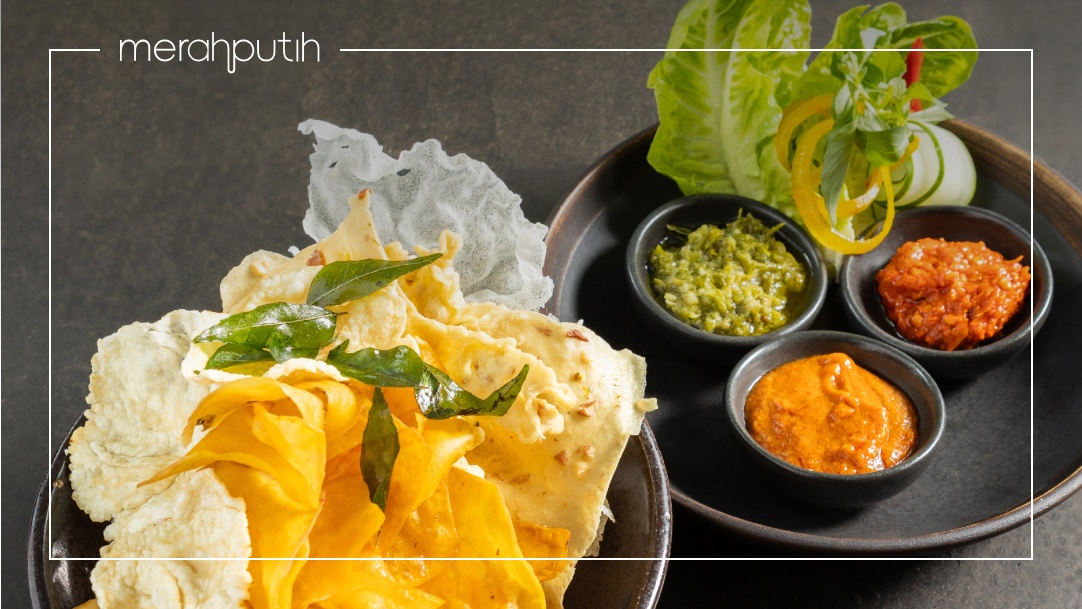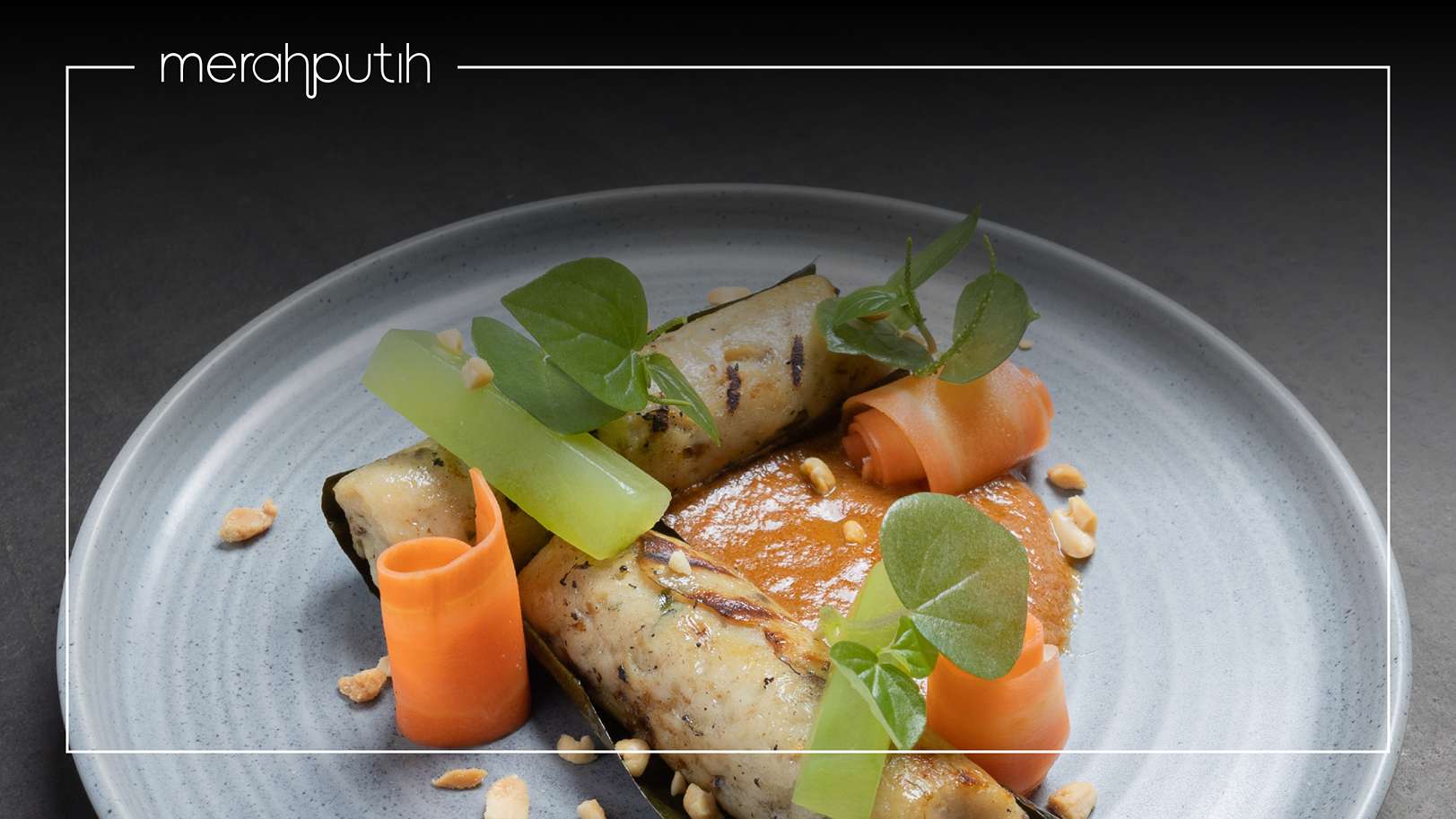In Indonesian cuisine, rice is not the only staple on the plate. Most of the country’s beloved dishes aren’t complete without kerupuk, the local version of crackers that add a nice crunchy texture to the meal. While generally meaning “cracker,” kerupuk encompasses multiple types of these side dishes, each made of different ingredients, with each dish pairing best with their own type of cracker.
Let’s find out more about kerupuk and all the available kinds out there that will enhance any dish you have.
A history of kerupuk
Crackers are believed to have been part of Indonesian food since the 10th century. According to scholars, the word “kerupuk” first appeared in ancient Javanese manuscripts, although there is no telling which kind of cracker this record was in reference to.
What is kerupuk made of?
Although different crackers are made of different ingredients, kerupuk is generally made of sun-dried starch like tapioca flour which is then deep fried.
Popular kerupuk varieties
Each region in Indonesia brings its own twist to kerupuk, using local ingredients most accessible to them. Some of the most common types of kerupuk include the following.
Kerupuk putih
Depending on the region, this type of cracker is also known as “kerupuk kampung” or “kerupuk blek.” It’s one of the more iconic crackers with its round, flower-like shape and often stored in large tin cans. Made from tapioca flour and minimal seasoning, this cracker completes dishes like bakso and rawon.
Kerupuk udang
Prawn crackers or kerupuk udang are staple companions to dishes like nasi campur or nasi pecel. Made of a blend of tapioca flour, small shrimp, and fish crumbs, kerupuk udang is also delicious to have on its own as a snack. Its size varies from small and bite-sized to large and square-shaped.
Kerupuk ikan
Fish crackers are also a beloved Indonesian side dish. Typically made of tapioca starch and mackerel, this form of crackers largely originate from coastal regions like Palembang and Kalimantan. It has a firmer crunch than its shrimp counterpart, but is equally as flavourful.
Kerupuk bawang
This variety may be the most fun-looking one out of all the crackers available. Kerupuk bawang or garlic crackers are known for their appearance—white at the center with a thin ring of pink, green, or yellow on the edges. They are infused with garlic, giving them a nice aroma. These crackers are best enjoyed as a side dish for fried rice, fried noodles, or congee.
Emping
Unlike most kerupuk with their starchy base and added ingredients, emping is made entirely of melinjo, a tropical Asian plant. This cracker is thinner and more brittle in texture, offering a slightly bitter aftertaste. Emping is commonly served with dishes like nasi uduk and soto.
Rambak
Also known as “kerupuk kulit,” this variant is made from dried cow or buffalo skin. When deep-fried, it puffs up into little balls with a thin lining, making it light and crispy. Rambak can be enjoyed on its own or as a topping for almost any dish.
Gendar
Nothing goes to waste in Indonesian cooking. Leftover rice can be used to make gandar, a type of cracker that is commonly served with pecel in Javanese home cooking. The rice is mixed with starch and seasonings before being sun-dried and deep fried, resulting in a cracker with a grainy texture.
Kerupuk mie
Even noodles can be turned into crackers! This creative take on the kerupuk deep fries noodles, making the tangles look like a nest. You will often find this side dish in Padang cuisine, adding a crunch to the saucy dishes.
No Indonesian meal is truly complete without some form of kerupuk. If you’re in Bali and you haven’t tried any of these varieties, make your way to Merah Putih restaurant in Petitenget. Here, you’ll discover many of Indonesia’s most beloved recipes with a modern twist, including different kinds of kerupuk to tie the meal together.
Book a table with these exclusive gift vouchers today.
FAQ
Kerupuk encompasses multiple types of these side dishes, each made of different ingredients. This includes:
– Kerupuk putih
– Kerupuk udang
– Kerupuk ikan
– Kerupuk bawang
– Emping
– Rambak
– Gendar
– Kerupuk mie
Although different crackers are made of different ingredients, kerupuk is generally made of sun-dried starch like tapioca flour which is then deep fried.
Unlike most kerupuk with their starchy base and added ingredients, emping is made entirely of melinjo, a tropical Asian plant.



